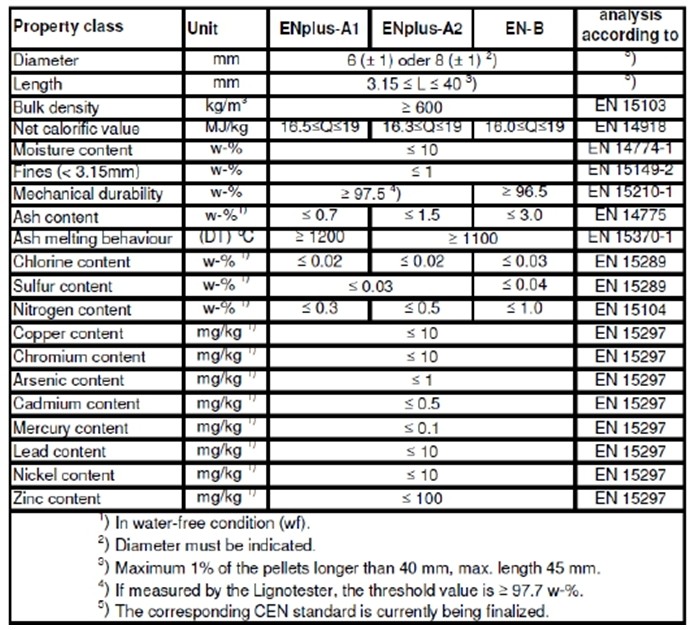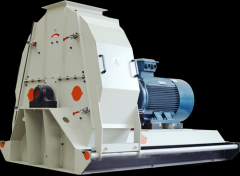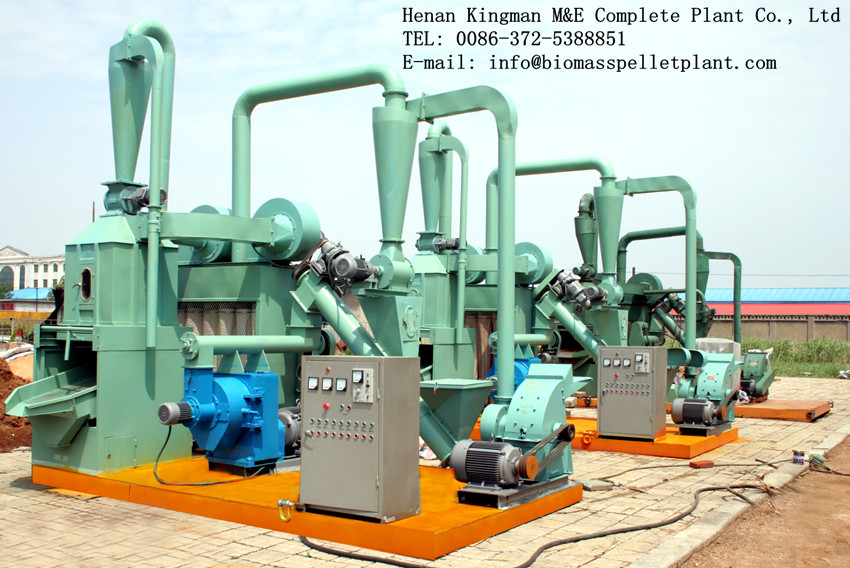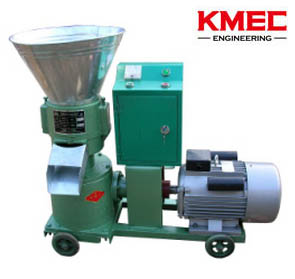Pellet Market Analyses across Austria
1. Regulatory framework market drives and hurdles
Wood pellets across the whole country of Austria as heating fuel have been introduced to domestic market around the mid 1990s which since then saw the usage of wood pellet primarily for residential heating hitting a rapid growth. As we can tell that the success can be based upon the conventional use of wood for space-heating and the related familiarity with this fuel as well as on several promotion programmes that are in place. One of the most important initiatives goes to Klima:aktiv which was launched in 2004,a programme promoting the utilization of renewable energy sources. In total, it ran until 2012 and was funded by the Lebensministerium. Within this initiative one programme is of importance for the pellet market development called “Holzwärme”. The programme ran from 2005 to 2009, which gave incentives for house owners to install biomass heating systems and increasingly pellet heating systems. Currently, financial support for installing a wood pellet system can be received within the general housing subsidy. The requirements for the funding and the respective amount can differ within the country, since it is the responsibility of the federal states. Thus, the subsidy can range between 1,400 and 7,000 Euros depending on the type of pellet heating system.
2. Production capacity and feedstock
In the first half of 2010, 28 production plants were located in Austria with a production capacity of 1,2 million tons and respective production of 850,000 tons in 2010. In comparison, in 2006, the production capacity was only half the amount what underlines the huge growth of the Austrian wood pellet market.
3. Consumption
In regard to the pellet consumption a steady growth with a slight drop in 2006/2007 can be observed. The wood pellet demand especially for residential heating was about 630,000 tons in 2010. In general, Austria has a higher production output than actually demanded. Currently, the production volume is 35% above national demands. The number of set-up pellet heating systems rose from 425 in 1997 to a peak of more than 11,000 of yearly installations in 2008, which was mainly due to the promotion programme “Holzwärme”. In 2009 the number of new installations was almost 8,450 pieces, totalling to 70,800 pieces.
4. Trade and logistic aspects
Austria produces mainly wood pellets for residential heating that are exported. The trade of wood pellets mostly takes place in bordering regions. Italy (226,000 t) and Germany (46,000 t) are the two main receiving countries. The imports come from Germany (80,000 t), Czech Republic (27,000 t) and Romania (22,000 t). In total the export amounted to 284,000 t and the import to 160,000 t (data 2009). Thus, Austria was a net exporting country for pellets.
5. Pellets quality and standard
In spring 2011, a new standardisation for wood pellets called EN 14961-2 were introduced to the Austrian market. This new standard was going to replace the then existing one ÖNORM. EN 14961-2 is a Europe-wide standard, which assures high quality pellet production and supports the harmonisation of pellet production within the different European countries. The corresponding certification system is called ENplus, which is primarily based on the specifications of the EN 14961-2 standard. Within this system three wood pellet qualities with different application purposes and thus wood pellet characteristics are certified. These qualities are called ENplus-A1, ENplus-A2 and EN-B. The certification system has evolved from a collaboration of the institute proPellets Austria and German Pellets Association (DEPV). The table below shows the quality parameters for ENplus-A1, ENplus-A2 and EN-B, respectively.

6. Price trends
In Austria the wood pellet prices had been fairly steady with price levels of 155 to 185€/t till 2005. In 2006 prices started to rise with a peak price over 265€/t in November as it could be noticed on several central European wood pellet markets. In the following years such a peak did not recur and prices have been rather stable even though at a higher level. In general, seasonally variations with higher prices during the heating period and lower prices in summer could be observed. During 2010 the prices for wood pellets for heating purposes in the private sector ranged between 197 and 217€/t. The average wood pellet prices per ton from 2003 to 2010 were 180,170, 163, 217, 199, 181, 205 and 206 separately. As of the end of 2013, the unit price of pellet fuel per ton across the region has hit 220. The momentum of increase is ongoing and the market development of pellet fuel is in full swing now.
News
- Small Pellet Machine Manufacturer-Kingman
- Application of Wood Pellets and Use of Biomass Pellets
- From Fossil Fuel into Biomass Pellet Fuel
- Biomass Pellet Making Machines Market
- Applying of pellet stoves for home use
- Highland pellets to build $130 million facility in arkansas
- How to deal with the blocked hammer mill
- How to Make Wood Pellets with Sawdust
- The government policy promotes the development of biomass fuel
- Market analysis of biomass pellet fuel
- Strategic positioning of renewable energy
- Biomass energy has pass through the pre assessment
- The key point of deep processing of biomass pellet
- Harbin is promoting the development of biomass machinery
- The development of biomass formation technology I
- The development of biomass formation technology II
- Biomass energy industry is now going full tilt in 2015
- Rapid increasing demand of sawdust pellet on the market
- Pellet fuel market in EU
- Chinese Biomass Energy Conference held in Beijing
- Future market development of straw pellet mill
- Peanut Shell Pellet Mill Makes High Quality Pellets
- The utilization of straw is only 5%, biomass energy needs our attention!
- Corn straw pellet machine relieves the tight supply of fuel energy
- Reasons for loose or not forming of biomass pellet mill





